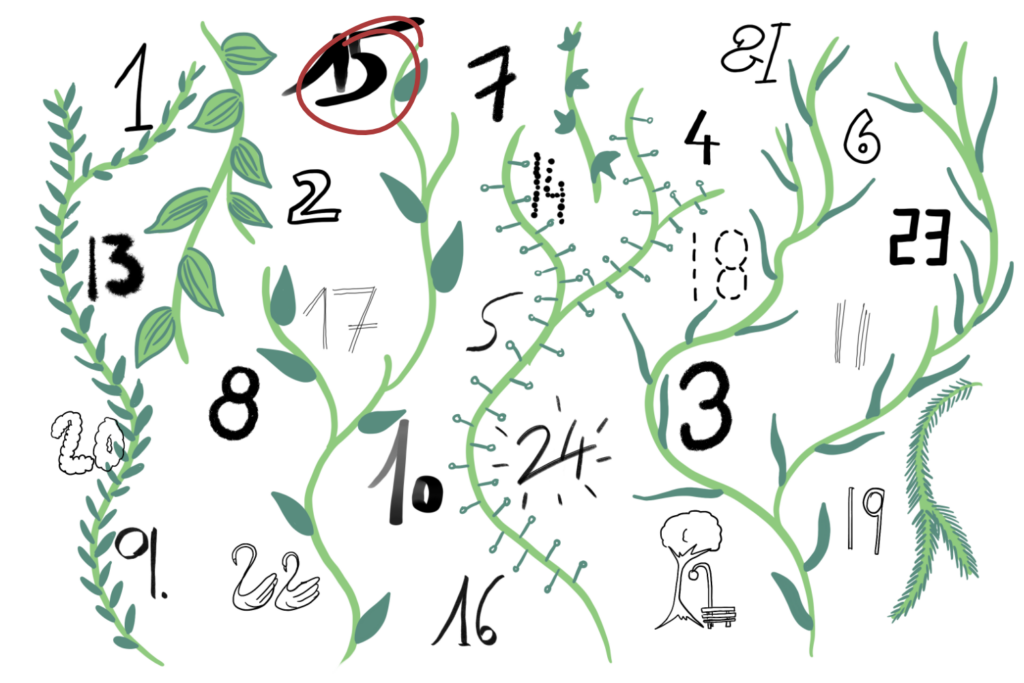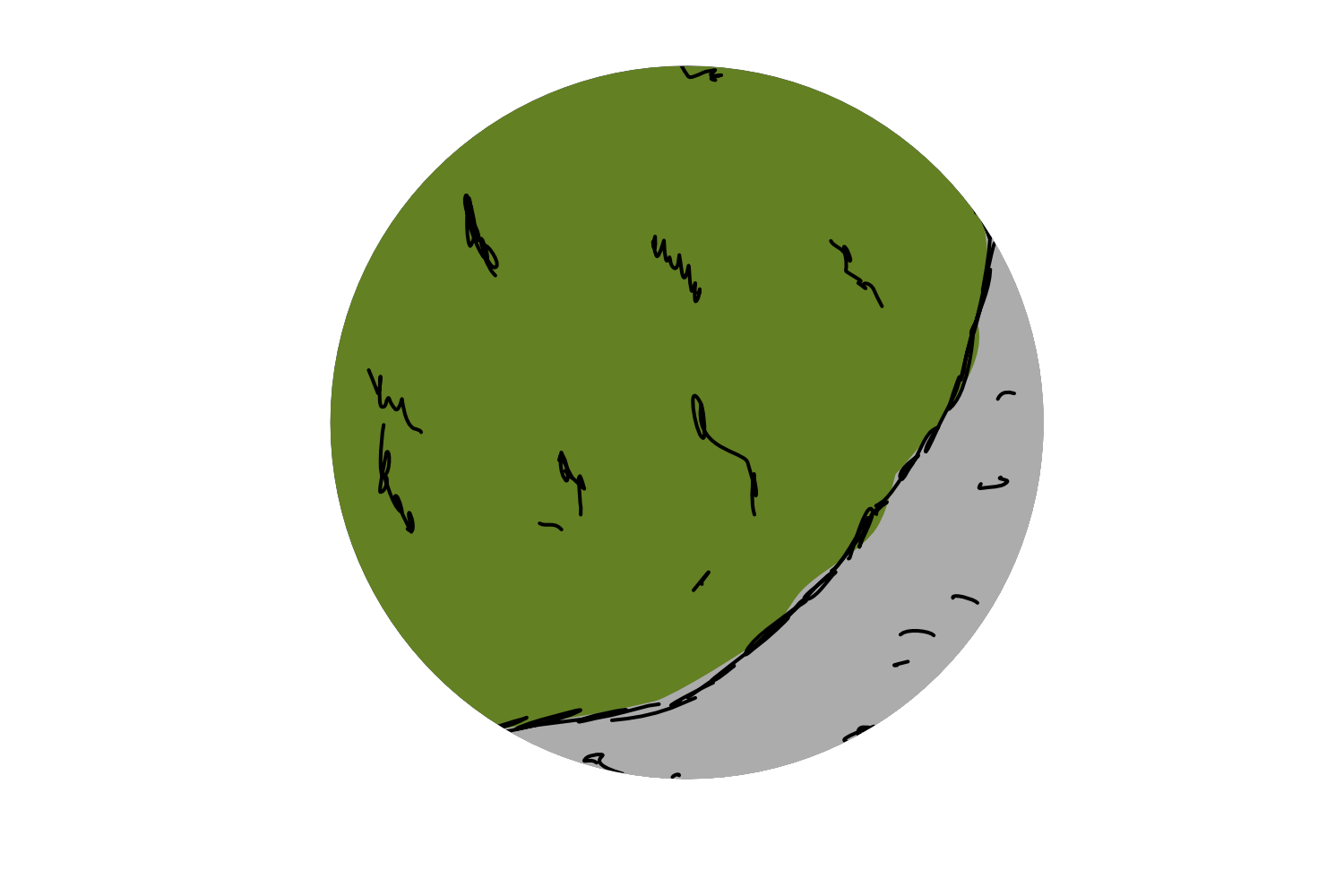Those who love winter usually love it for the opportunity to wrap oneself in a blanket, sit by the fire and enjoy the cozy indoor heat. Well, plants don’t have that luxury, most of them have to stay outside (despite Tegan’s best efforts to give them all a warm home). And for some, winter is almost never over.
For people in Central Europe or Northern America, winter is a passing season – its cold, dry weather is sure to pass, eventually. In some regions however, the cold season spans most of the year. Alpine or Arctic regions have only very narrow windows when temperatures reach a survivable minimum, and yet, there are plenty of plants that are not exactly thriving but certainly surviving. Some of them are cushion plants.
The group of cushion plants contains of many plant families. Having evolved their survival skills independently, cushion plants are characteristically forming large mats that are much wider than they are high. The plants have a woody undergrowth and only stick out a couple of centimetres from the ground. Each stem has a leaf rosette at its end and all stems grow at a continuous rate so that not one of them sticks out of the mat.
The cushion-like growth has a couple of advantages. Not only does its low profile mean that harsh winds can’t really grab the plant, its fine structure also traps warm air and doesn’t let go of it. Cushion plants can extend their growth periods by clinging to warm air while photosynthesising as much as possible. Still, their growth is extremely slow, with less than 2 cm per year for the fastest growing species. Which means that the large patches we can find are several hundred years old.

Which brings us to the most important bit: if you find a cushion plant in the mountains (or in the popular tourist destination Iceland) – don’t step on it! It takes forever to regrow and it is very unlikely that another cushion plant settles in your footprint. Their reproductive cycles are just as slow as their growth.
Some suggest that cushion plants are terraforming species: they can have deep taproots that search for water. The presence of cushion plants can change the water retention, structure and macronutrient content of the soil they grow on. Where there are cushion plants, there is room for life.
Don’t rest your head on a cushion plant. Instead admire their ingenuity in dealing with an everlasting winter.

This article is part of our Christmas Advent’s Calendar. To check it out, go here.
